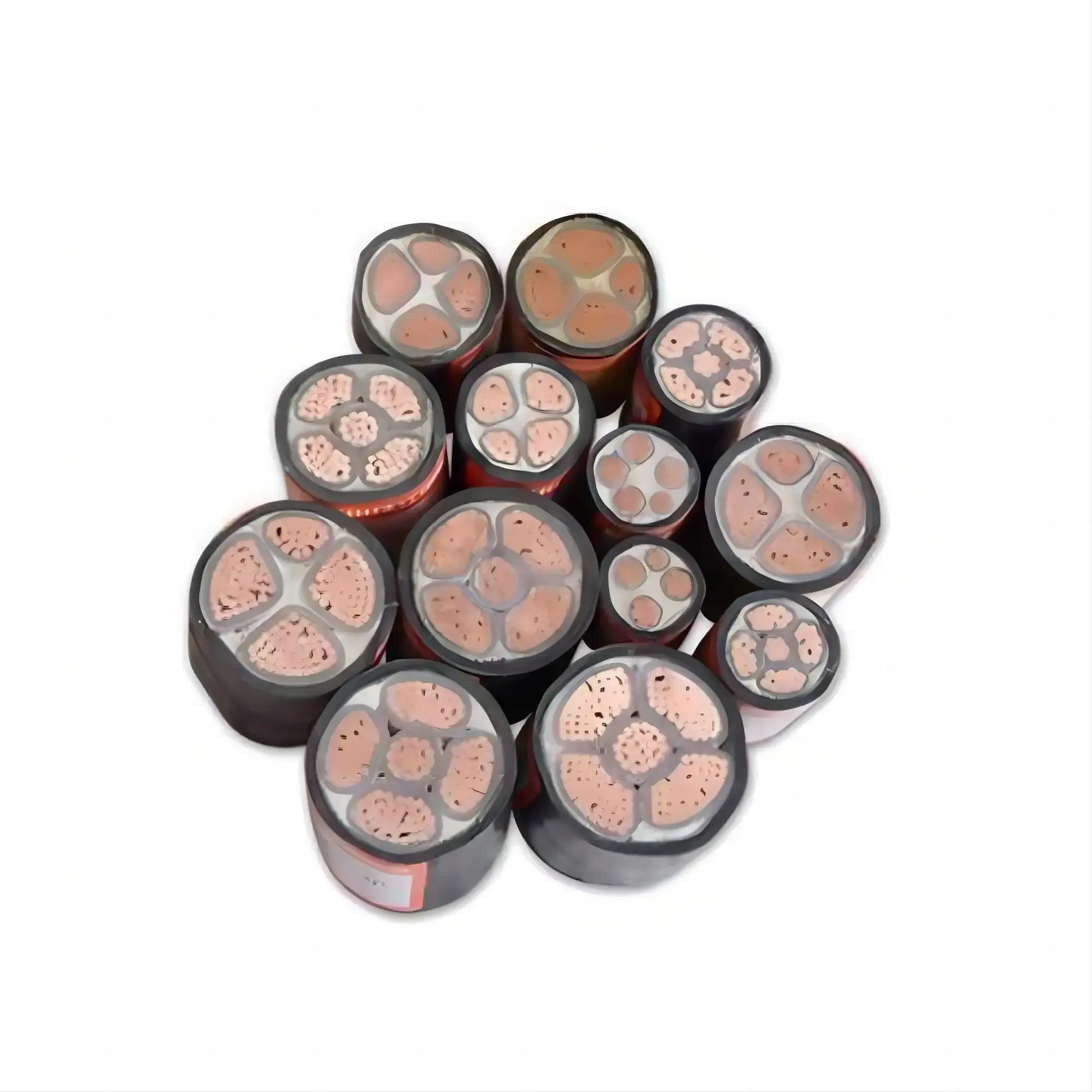Time: 2025-05-01 05:58:36 Source: Henan Province Jianyun Cable Co., Ltd.

Solid wire consists of a single strand of metal, typically copper or aluminum. It is known for its durability and is commonly used in permanent installations where the wire does not need to flex, such as inside walls or ceilings.
Stranded wire is made up of multiple thin strands twisted together, offering greater flexibility than solid wire. This makes it ideal for applications where the wire needs to bend or move frequently, such as in appliances or vehicles.
Also known as Romex, NM cable is widely used in residential wiring. It consists of two or more insulated conductors enclosed in a plastic sheath, making it suitable for indoor applications.
AC and MC cables have a metallic sheath that provides protection against physical damage. AC cables are typically used in residential settings, while MC cables are designed for commercial and industrial environments.
Coaxial cables consist of a central conductor, insulating layer, metallic shield, and outer jacket. They are commonly used for transmitting television and internet signals due to their ability to minimize signal loss.
Twisted pair cables have two insulated wires twisted together to reduce electromagnetic interference. They are commonly used in telephone and computer network applications.
Fiber optic cables transmit data as light signals through strands of glass or plastic fibers. They offer high-speed data transmission over long distances and are immune to electromagnetic interference.
Wire gauge refers to the diameter of the wire, which affects its current-carrying capacity. The American Wire Gauge (AWG) system is commonly used, where a smaller gauge number indicates a thicker wire. For example, a 10-gauge wire can carry more current than a 14-gauge wire.
THHN (Thermoplastic High Heat-resistant Nylon-coated) and THWN (Thermoplastic Heat and Water-resistant Nylon-coated) wires have thermoplastic insulation suitable for dry and damp locations. They are commonly used in building wiring.
XHHW (Cross-linked High Heat-resistant Water-resistant) wire uses cross-linked polyethylene insulation, offering superior thermal and mechanical properties. It is suitable for industrial applications where durability is essential.
In the U.S., electrical wires are color-coded to indicate their function:
Selecting the appropriate wire or cable depends on several factors:
When selecting and installing electrical wires and cables, consider the following safety tips: